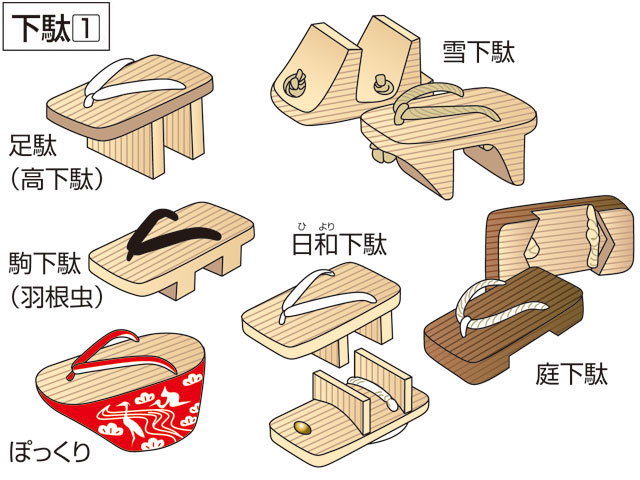In English, they are referred to as Koma geta. It's mentioned on the English Wikipedia page and repeated on several websites. However, when I translated the name into Japanese 駒下駄 (Koma Geta); only the smaller, classical two teeth geta come up in searches. On the Japanese Wikipedia page for 下駄 (geta), Oiran geta are referred to as 吉原下駄 (Yoshiwara Geta).
In fact, so far I haven't found any Japanese references to Oiran Geta as "Koma geta".
Below is a description on koma geta (from here):
"17世紀後期,貞享のころにできた下駄で,台も歯も1枚の板からくりぬいて作ったもの。歯は低い。駒(馬)のひづめの形に似ているのでこの名がある."
During the late 17th centery, around the Joukyou era, the platform and teeth were carved from one plank. The teeth were low, thus it's name resembles the word for horse (for the hooves) [Please note I translated this myself and my Japanese isn't all that great].The diagram below (from the page cited above) shows the low, two-teethed geta as koma geta.

In this next diagram, the large geta are called "Three-teeth Geta"

When I search for 駒下駄 (Koma geta), the following type of geta comes up.
Image from getaya.jp
Now I'm curious as to how and why that name got used for Oiran Geta in English in the first place. Not surprisingly, my attempts to follow citations on the internet have either sent me in circles or to dead ends, at least so far.

No comments:
Post a Comment
Note: Only a member of this blog may post a comment.